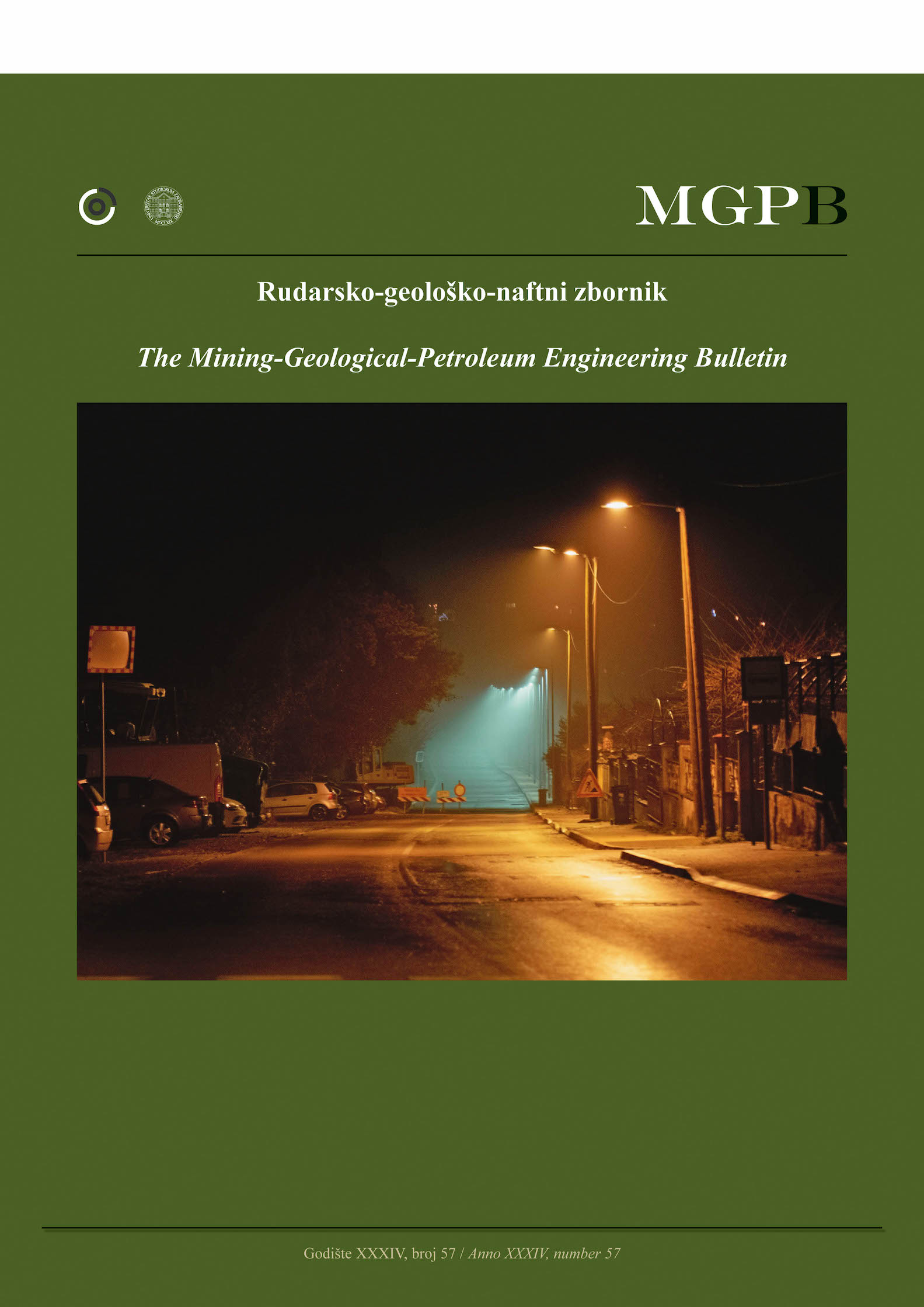Mesozoic-Cenozoic Stratigraphy and Tectonic Development of the Southern Great Tarakan Basin, Northeast Borneo, Indonesia
DOI:
https://doi.org/10.17794/rgn.2022.1.11Keywords:
Tectonic development, megasequence, inversion, transpressional, potential hydrocarbonAbstract
We analyzed the tectonics and stratigraphy of the Southern Great Tarakan Basin to determine its tectonic evolution during the Mesozoic-Cenozoic Eras, the evolution of basin geometry, and the potential of hydrocarbon using integrated surface and subsurface data. Southern Great Tarakan Basin can be divided into three sub-basins, Berau, Muara, and South Tarakan. They comprise deposits of Jurassic to Quaternary age, which can be assigned five mega sequences based on their lithological characteristics and tectonic development. We divide the tectonic events into four main phases; (1) contractional Jurassic-Cretaceous, (2) extensional Paleogene, (3) subsidence Early Neogene, and (4) contractional Late Neogene. The development of the strike-slip activity influenced the geometric evolution of the two sub-basins. NW-SE transpressional structures formed during the contraction phase caused most of the existing structure in Paleogene reactivated and inverted, followed by basement uplift and erosion. Consequently, the evolution of the transpressional system caused The Great Tarakan Basin to be divided into five sub-basins during the Late Miocene-Pliocene. Moreover, five horizons with hydrocarbon potential exist in the southern part of The Greater Tarakan Basin; three plays in the Berau Sub-basin, and two main plays in the Muara Sub-basin. The Late Neogene structures in the Berau Sub-basin control the accumulation, migration, and trapping mechanism, whereas these structures do not exist in Muara; hence, this sub-basin is dominated by stratigraphic traps.Downloads
Published
How to Cite
Issue
Section
License
Copyright (c) 2021 authors and journal

This work is licensed under a Creative Commons Attribution 4.0 International License.
Creative Commons-BY
Authors who publish with this journal agree to the following terms:
In agreeing this form, you certify that:
- You read the ethical codex of the RGN zbornik available at journal web.
- You submitted work is your original work, and has not previously been published and does not include any form of plagiarism.
- You own copyright in the submitted work, and are therefore permitted to assign the licence to publish to RGN zbornik.
- Your submitted work contains no violation of any existing copyright or other third party right or any material of an obscene, libellous or otherwise unlawful nature.
- You have obtained permission for and acknowledged the source of any illustrations, diagrams or other material included in the work of which you are not the copyright owner.
- You have taken due care to ensure the accuracy of the work, and that, to the best of your knowledge, there are no false statements made within it.
- All co-authors of this submitted work are aware of, and in agreement with, the terms of this licence and that the submitted manuscript has been approved by these authors.
Publication licence
You retain copyright in your submitted work, according to journal license policy (CC-BY). By signing this form you agree that RGN zbornik may publish it under the publication licence. In summary the licence allows the following:
Anyone is free:
- To copy, distribute, display, and perform the work.
- To make derivative works.
Under the following conditions:
- The original author must always be given credit.
- The work may not be used for commercial purposes.
- If the work is altered, transformed, or built upon, the resulting work may only be distributed under a licence identical to this one.
Exceptions to the licence
In addition to publishing the work printed under the above licence, RGN zbornik will also enable the work to be visible online.
The journal editorial can change the licence rules anytime but it cannot retroactively restrict author(s) rights.


